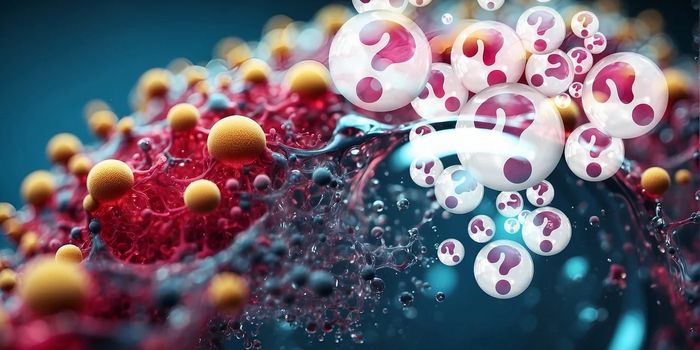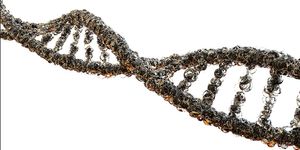A Lifetime of Mutations is Seen in Aging Immune Cells
Researchers have used advanced sequencing techniques to analyze immune cells in great detail. This work has shown that over the course of a lifetime, B and T cells can acquire a trove of genetic mutations - so many that they have nearly as many genetic mutations as cancer cells. This research seems to have explained why certain cancers develop.
In this study, reported in Nature, researchers created a method to use individual cells to grow large populations of B and T cells. They sequenced the genomes in these cells at high resolution. The genomes of over 700 immune cells from seven donors aged 0 to 81 years were sequenced. "The protocol we have developed in order to expand cells can also be applied to other areas of research, and we hope that it will be as valuable to other scientists as it is to us," noted first study author Dr. Heather Machado of the Wellcome Sanger Institute.
B cells and T cells are both types of lymphocytes, which are part of the adaptive immune system. These cells can take on some genetic mutations so they can identify and attack pathogens. An enzyme called AID (activation-induced cytidine deaminase) causes random mutations in antibody variable region genes. Although this mutational flexibility is supposed to only occur in genes that help create antibodies, unintended mutations seem to occur elsewhere in the genome of these cells. Those off-target mutations in lymphocytes may be increasing the risk that they will become malignant, and grow into lymphoma, suggested the researchers.
The investigators also found that as lymphocytes move through the body, searching for pathogenic invaders, they are exposed to agents that can damage DNA, adding to the number of mutations they carry.
The number of mutations and where they occurred in the genomes of the cells varied significantly from one cell to another. Some mutations appear to have arisen simply due to the normal aging process; as cells divide, errors can occur; lymphocytes that move to the skin are also exposed to UV light that can cause mutations. However, some mutations also happened in immune cells because the natural mutations that are made during antibody enhancement caused off-target mutations elsewhere.
This work has indicated that heathy immune cells pick up some of the same mutations that have been linked to lymphoma, suggesting that cancer can arise from the natural course of antibody production in the immune system.
The considerable variation among the genomes of immune cells, even when derived from the same individual, also suggested that lymphocytes take on mutations that link them to the tissues where they reside. "These environments could play a larger role in the development of certain lymphomas than inherited mutations. Understanding these processes in greater detail may be able to help shed light on why some of these cells go on to develop into cancer, while others don't," said co-senior study author Dr. David Kent of the University of York.
More research will be needed to understand exactly how many of these mutations impact the function of immune cells.
"Our research begins to fill in the missing gaps in knowledge around how mutations in the adaptive immune system feed into aging," added co-senior study author Dr. Peter Campbell of the Wellcome Sanger Institute.
Sources: Wellcome Sanger Institute, Nature









